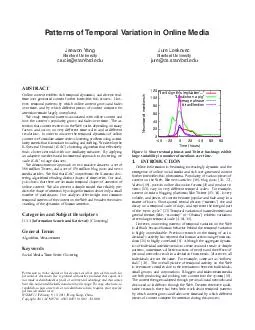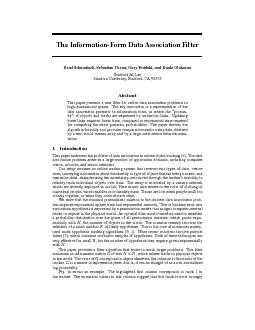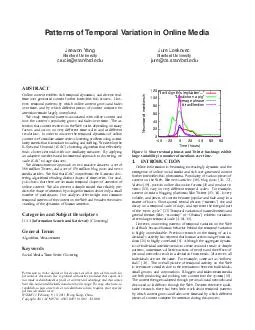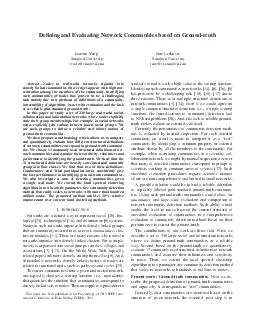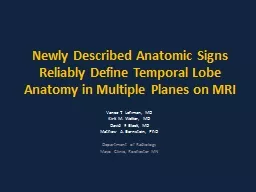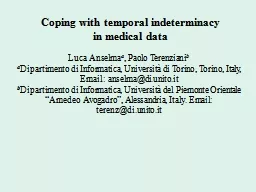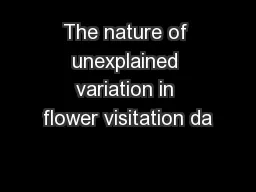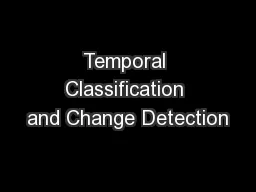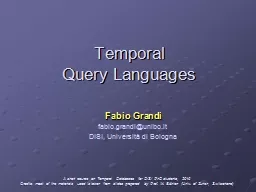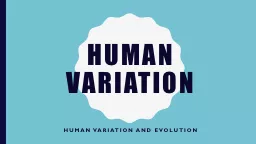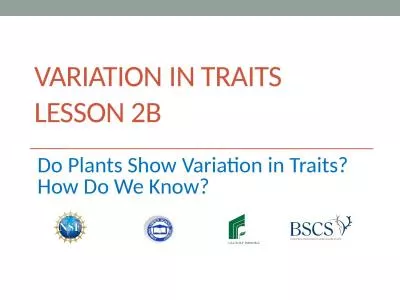PDF-Patterns of Temporal Variation in Online Media Jaewon Yang Stanford University crucisstanford
Author : lois-ondreau | Published Date : 2014-12-22
edu Jure Leskovec Stanford University jurecsstanfordedu ABSTRACT Online content exhibits rich temporal dynamics and divers e real time user generated content further
Presentation Embed Code
Download Presentation
Download Presentation The PPT/PDF document "Patterns of Temporal Variation in Online..." is the property of its rightful owner. Permission is granted to download and print the materials on this website for personal, non-commercial use only, and to display it on your personal computer provided you do not modify the materials and that you retain all copyright notices contained in the materials. By downloading content from our website, you accept the terms of this agreement.
Patterns of Temporal Variation in Online Media Jaewon Yang Stanford University crucisstanford: Transcript
Download Rules Of Document
"Patterns of Temporal Variation in Online Media Jaewon Yang Stanford University crucisstanford"The content belongs to its owner. You may download and print it for personal use, without modification, and keep all copyright notices. By downloading, you agree to these terms.
Related Documents

